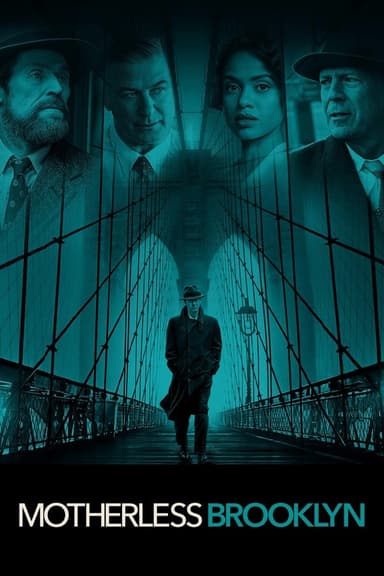
Marlowe
2023 • Crime • R
Private detective Philip Marlowe becomes embroiled in an investigation involving a wealthy Californian family after a beautiful blonde hires him to track down her former lover.
Runtime: 1h 49m
Why you should read the novel
Phillip Marlowe’s timeless exploits come vividly alive in the novel, plunging readers deeper into his psyche than any film adaptation could. The book’s rich, textured narrative showcases John Banville’s mastery in channeling Chandler’s original style, enveloping you in authentic, hardboiled prose. For fans of detective fiction, reading the source material offers a gripping, immersive experience marked by subtle character nuances and atmospheric detail.
While the movie caters to visual spectacle and brisk pacing, the novel allows you to linger with Marlowe’s thoughts and motivations, exploring the classic themes of isolation and moral ambiguity. You get to unravel the mystery at your own rhythm, savoring every flavorful dialogue and twist, as imagined by a celebrated literary mind. The intricate web of relationships, clues, and developments unfolds with satisfying depth only possible on the page.
Choosing the book over the movie brings you closer to the heart of noir literature—where every line and scene is carefully crafted to evoke a sense of unease and intrigue. Experience the full scope of Marlowe’s world and appreciate the beauty of the detective genre in its purest written form.
Adaptation differences
One of the most notable differences between the adaptation and John Banville’s novel is the setting. While the book meticulously evokes the late 1940s Los Angeles milieu, the film shifts the story to late 1930s Hollywood, altering the backdrop and social climate. This change affects not only the visual atmosphere but also the underlying tensions and period-specific details that shape the characters’ behaviors and beliefs.
Characterization also diverges significantly. The novel presents Phillip Marlowe as a weary, deeply introspective detective, closely adhering to the style and psychology developed by Raymond Chandler. In contrast, the film opts for a slightly more romanticized and action-oriented take on Marlowe, focusing on plot-driven events over the nuanced inner world Banville explores. Several supporting characters are either given expanded roles, reinterpreted personalities, or are newly invented to suit the cinematic narrative.
Moreover, the plot structure in the adaptation is streamlined for pacing, with certain subplots and complexities either condensed or omitted entirely. The book’s intricate, layered approach to mystery-solving—where each clue leads Marlowe deeper into a tangled web—is sometimes sacrificed in favor of suspenseful set pieces and dramatic confrontations. This results in a faster, more accessible experience but one that compromises the novel’s subtlety.
Finally, thematic content is reshaped to match modern sensibilities and cinematic expectations. The movie often leans toward visual metaphors and direct exposition, whereas the novel asks readers to engage with ambiguous motives and moral shades of gray. By simplifying or amplifying certain components, the adaptation loses some of the book’s stylistic homage to Chandler and its full psychological depth.
Marlowe inspired from
The Black-Eyed Blonde
by John Banville (as Benjamin Black)










